How to Make Yorkshire Pudding at Home
Yorkshire pudding is a classic British dish known for its light, airy texture and golden, crispy exterior. Traditionally served alongside roast beef and gravy, this savory pudding is a staple of Sunday roasts in the UK, but it’s also a versatile side dish that pairs well with various meals.
Though its name might suggest something sweet, Yorkshire pudding is made from a simple batter of eggs, flour, and milk, transforming into a puffy, irresistible treat when baked at a high temperature.
Making Yorkshire pudding at home may seem intimidating, but achieving the perfect rise and crispiness is surprisingly easy with the proper techniques.
The key to success is heating the fat in the pan until it’s smoking hot before adding the batter, allowing the pudding to rise dramatically in the oven. In this post, I’ll walk you through a foolproof method for making Yorkshire pudding from scratch, offering tips on creating that signature puff and golden hue.
Whether you’re looking to recreate a traditional British meal or want to try something new, homemade Yorkshire pudding will impress and become a favorite addition to your dinner table.
Yorkshire Pudding Recipe
Ingredients
- 2 tablespoons beef drippings or 2 tablespoons oil or clarified butter
- 5 oz whole milk
- 1 cup all purpose flour
- ¼ teaspoon salt
- ¼ teaspoon ground black pepper
- 2 large eggs
Instructions
- While the meat is resting, make Yorkshire pudding. Turn the oven up to 450° F.
- Whisk together the flour, salt and black pepper in a bowl.
- Put about 1½ teaspoons of drippings, oil or clarified butter into each hole in a nonstick Yorkshire pudding tin or in a large nonstick muffin tin. Put the tin in the oven to get the fat very hot.
- Whisk the eggs a bit to break them up, then stir them into the flour mixture.
- Still whisking, slowly add the milk until you have a smooth batter.
- Transfer this batter to a liquid measuring cup with a spout.
- Open the oven door. The fat in the muffin tin should be almost smoking. Quickly pour the batter into each hole, filling no more than ¾ of the way. The fat should sizzle when you pour the batter. Work quickly, so you don't lose all the oven heat.
- Bake, without opening the oven door, for 15-20 minutes, until the puddings are a deep golden brown and very well risen and crisp.
- Serve hot alongside the roast.
Helpful Tips When Preparing Yorkshire Pudding
Making the perfect Yorkshire pudding can be achieved by following a few important tips to ensure it rises well, develops a crispy exterior, and maintains a light, airy center. By following these tips, you’ll achieve Yorkshire puddings that are crispy on the outside, fluffy on the inside, and perfectly risen.
| Tip | Details |
|---|---|
| Hot Pan and Oil | Preheat your pan and oil (beef drippings, lard, or vegetable oil) until smoking hot. This creates a rapid rise and puffy texture. |
| Use a Consistent Batter | Whisk batter until smooth and lump-free, similar to the consistency of heavy cream. Let it rest for 30 minutes to improve texture. |
| Eggs Are Key | Use equal parts eggs, flour, and milk by volume. Eggs provide the structure needed for the pudding to rise and stay fluffy. |
| Don’t Open the Oven Door | Avoid opening the oven during baking. A sudden drop in temperature can cause the puddings to collapse before they set. |
| Room Temperature Ingredients | Use room temperature eggs and milk. Cold ingredients can slow cooking and reduce the pudding’s rise. |
| Bake at High Heat | Use a high temperature (425–450°F / 220–230°C) to achieve a strong rise and golden-brown exterior. |
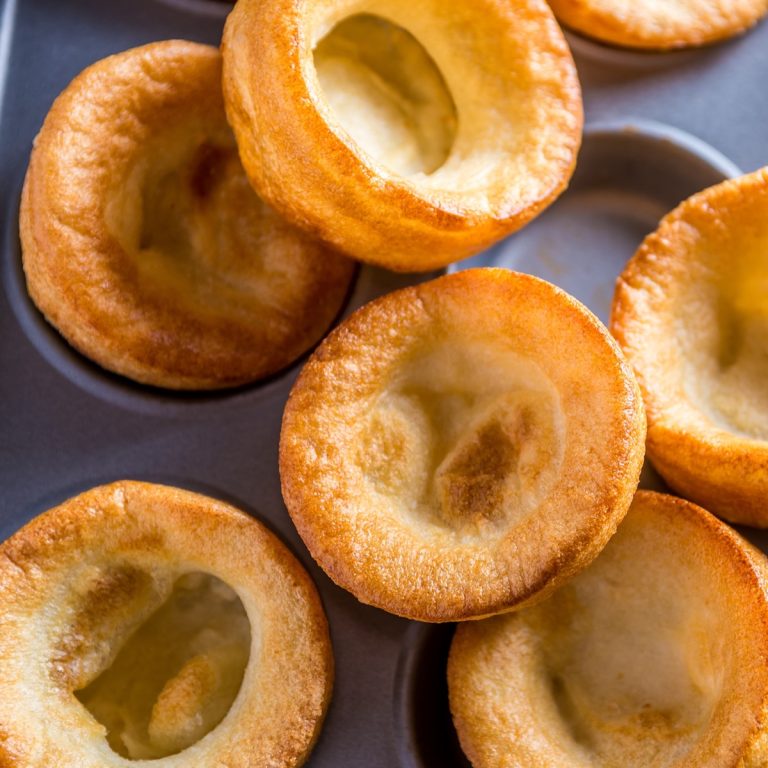
Standing Rib Roast
Yorkshire pudding is particularly popular with a Standing Rib Roast due to its origin and the way the two complement each other in flavor and tradition. Here are the key reasons:
- Absorbing Drippings: Yorkshire pudding was originally made to catch and absorb the fat and flavorful drippings from the roasting meat, especially beef. The rich, savory essence of the drippings gives the pudding extra flavor, making it a natural partner for a standing rib roast known for its juicy and flavorful fat.
- Contrast in Texture: The crispy exterior and soft, airy interior of Yorkshire pudding perfectly contrast the tender, succulent meat of a rib roast. The pudding’s lightness balances out the richness of the roast, creating a well-rounded dish.
- Cultural Tradition: Serving Yorkshire pudding with a rib roast has become a hallmark of British Sunday roasts. It’s a classic pairing steeped in history, often served with gravy made from the roast’s drippings, tying both elements together harmoniously.
- Stretching the Meal: Historically, Yorkshire pudding was served as a starter before the roast to fill people up, allowing less meat to go further during a meal. Today, it remains a hearty side dish that complements the rib roast perfectly.
This enduring combination makes Yorkshire pudding a beloved addition to any standing rib roast feast.
History
Yorkshire pudding has a long history dating back to the early 18th century in England. It was originally created as a way to make use of the fat drippings from roasting meats, particularly beef.
The earliest known recipe appeared in 1737 in a publication called The Whole Duty of a Woman, where it was referred to as “A Dripping Pudding.” The dish was designed to be cooked underneath the meat, roasting on a spit so that the batter could catch and absorb the flavorful drippings, resulting in a rich, savory pudding.
By the mid-18th century, the dish evolved into what we now know as Yorkshire pudding, with the first use of the name appearing in Hannah Glasse’s The Art of Cookery Made Plain and Easy in 1747. Glasse’s version focused on cooking the pudding separately in a hot oven, creating the crispy, golden treat we’re familiar with today.
Originally, Yorkshire pudding was served as an appetizer to fill diners up before the main course of meat, making the more expensive protein last longer. Over time, it became a traditional part of the British Sunday roast, typically served alongside roast beef and gravy. Yorkshire pudding remains a beloved dish in British cuisine, celebrated for its simple ingredients and dramatic rise.
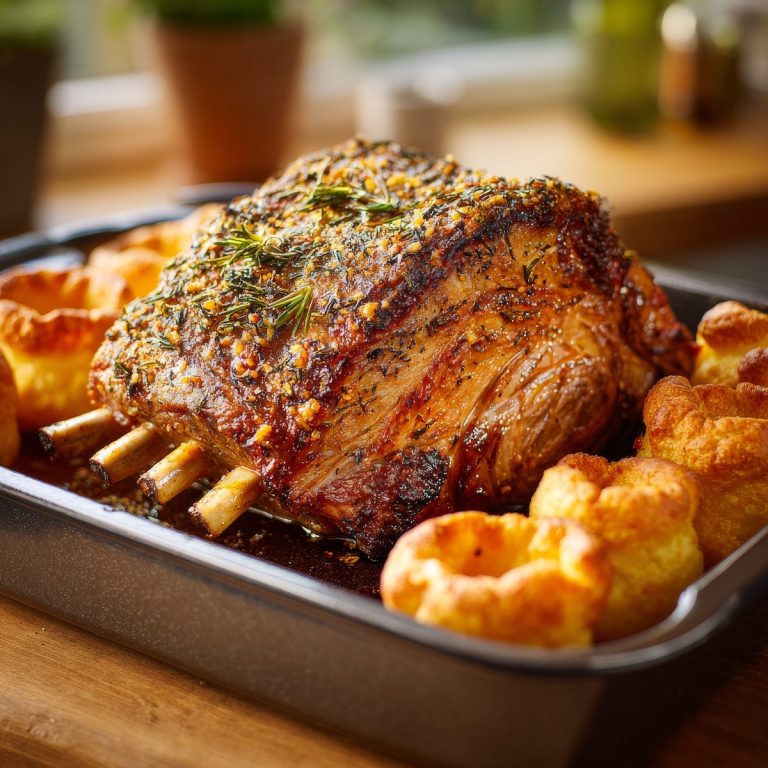
Five Fun Facts About Yorkshire Pudding
It’s Not a Dessert!
Despite the name “pudding,” Yorkshire pudding is a savory dish, traditionally served with roast beef and gravy in a classic British Sunday roast.It Was Originally a Starter
In the 1700s, Yorkshire pudding was served as an appetizer to fill people up before the main (more expensive) meat course—saving money for frugal households.Size Depends on the Pan
You can make giant Yorkshire puddings in a large tin, or individual ones in a muffin tray. The size doesn’t change the recipe—just the drama on your plate!It Has a Dedicated Day
Britain celebrates National Yorkshire Pudding Day on the first Sunday of February each year. Yes, it’s that beloved!It’s in the Guinness World Records
The largest Yorkshire pudding ever made measured over 46 square meters (almost 500 square feet) and was cooked in North Yorkshire in 1996.

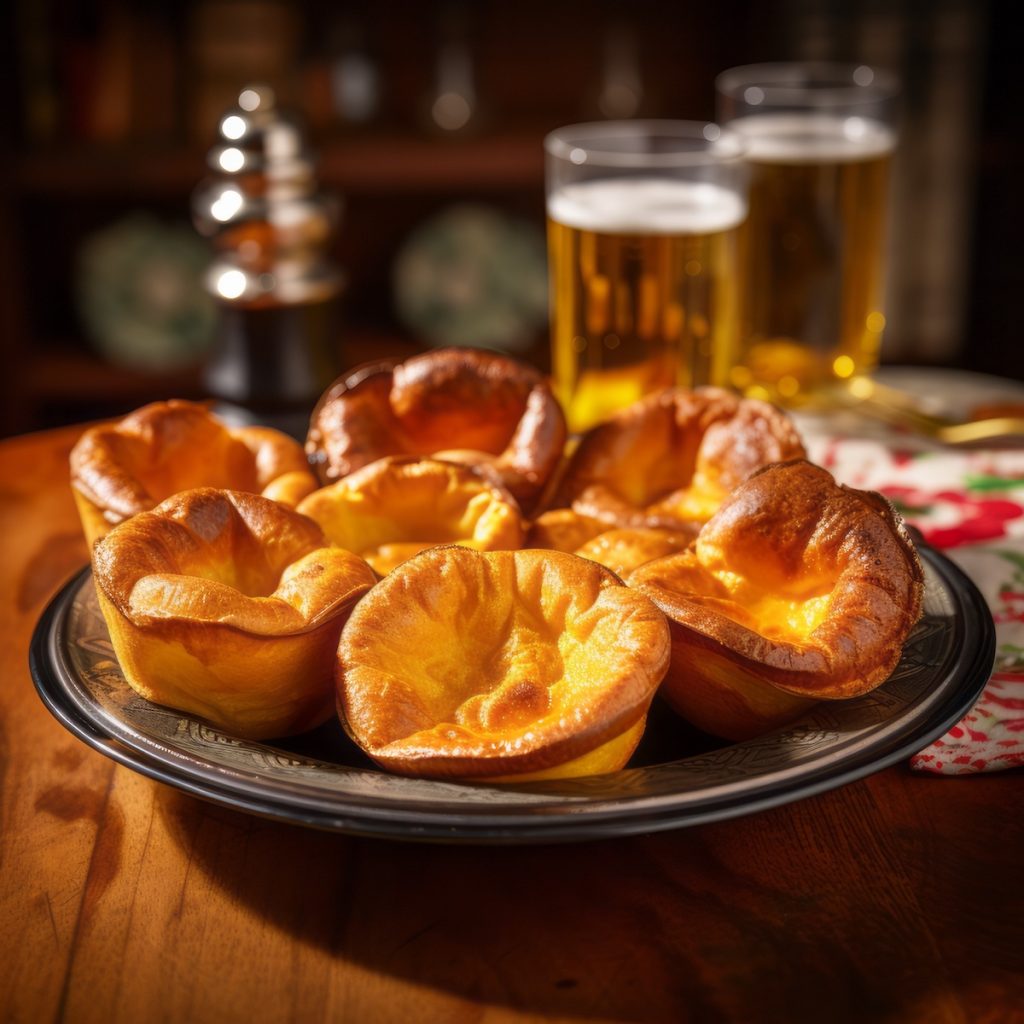
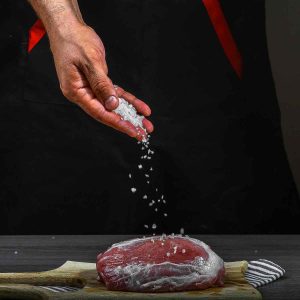

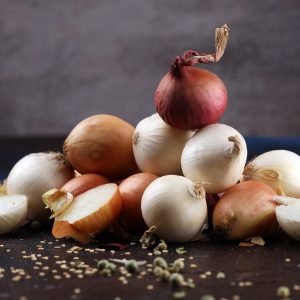
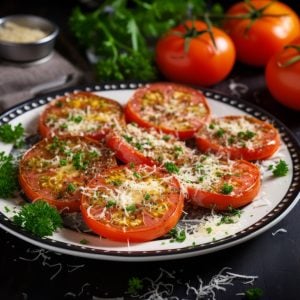
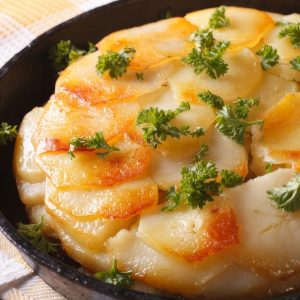

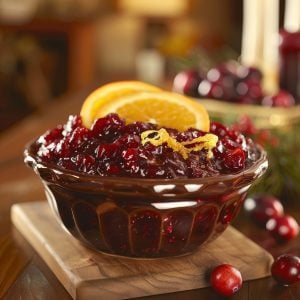

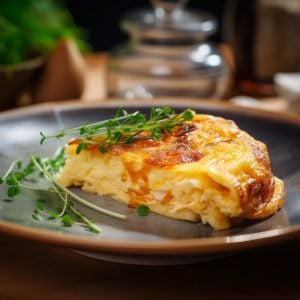
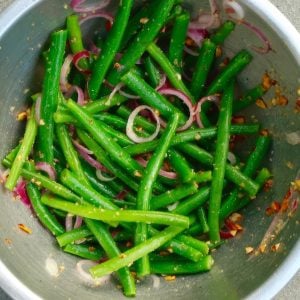


5 Responses
This sounds so good to cook.
Thank you, I hope you give it a try and let us know your results. – RG
It sounds delicious. Since I’ve never had this before, the name can be a bit confusing. Does it have a gooey filling, or does the beef drippings give it a savory, rich taste, and it’s more like a fluffy biscuit?
Yorkshire pudding can definitely be confusing if you’ve never had it—despite the name, it’s not a dessert and doesn’t have a gooey filling. Instead, it’s a savory, airy, and crisp creation. When baked in a hot pan with beef drippings or oil, the batter puffs up dramatically, creating a golden, hollow center with crispy edges and a slightly custardy base. The beef drippings give it a rich, savory flavor, but it’s not heavy like a biscuit—think of it more like a cross between a popover and a very light bread roll, perfect for soaking up gravy.
Those were heavenly! Thank you! Another question if you don’t mind…I prefer home made dinner rolls with a soft like biscuit consistency as opposed to the packaged dinner rolls. I think they are called ice box rolls they melt in your mouth quicker then bread and are a delightful treat around the holidays. My boyfriend’s mother makes them. Do you have any recipes for those by a chance?
Hi Tiffanie, let me see what I can come up with for you. – RG